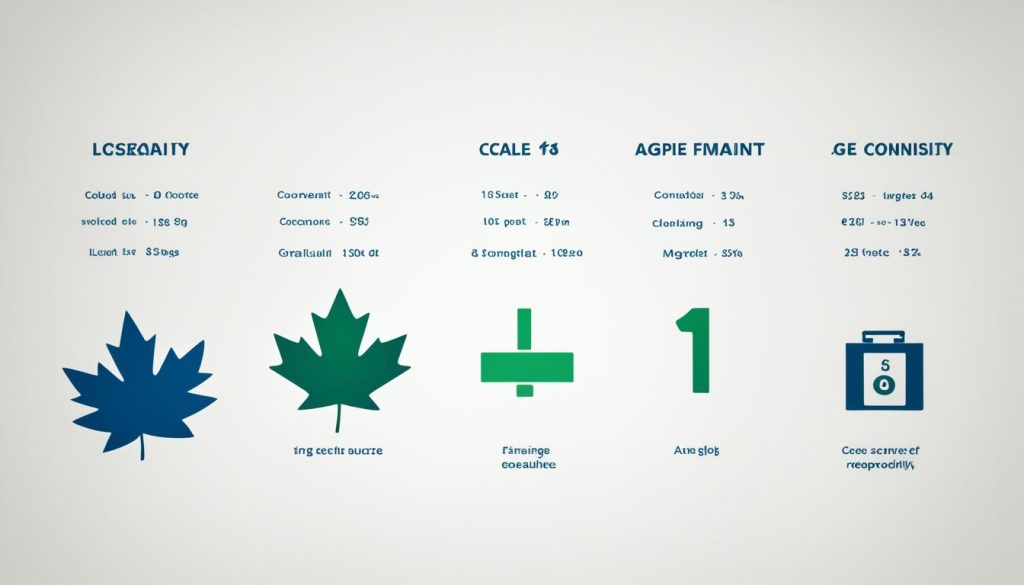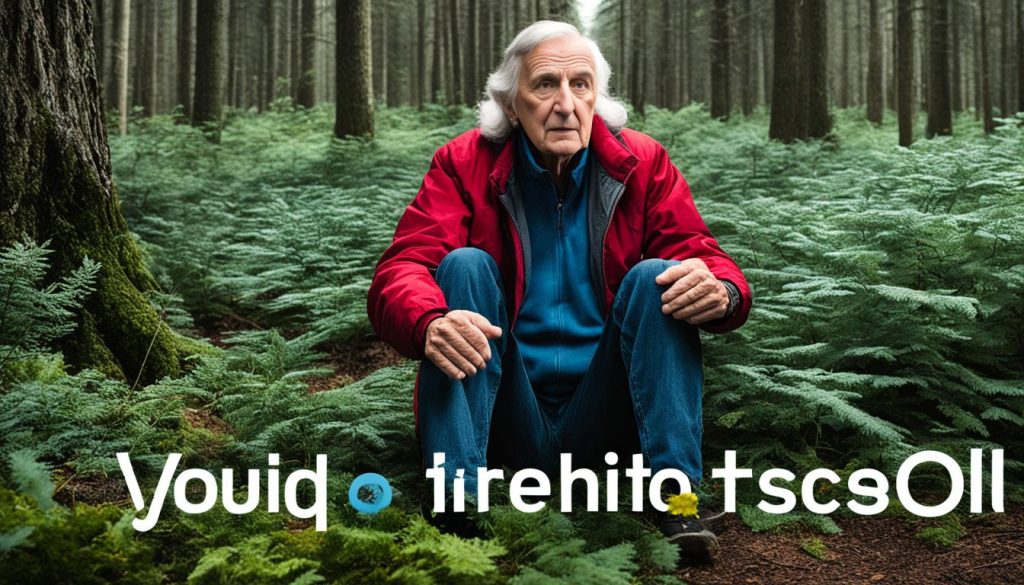The age of consent in Canada refers to the age at which a person is legally able to give consent to engage in sexual activity. According to Canadian law, the age of consent is 16 years old. However, there are exceptions to this rule. For example, a 14 or 15-year-old can consent to sexual activity if their partner is less than five years older and there is no relationship of trust, authority, or dependency. Additionally, there is a “close in age” exception for 12 and 13-year-olds, allowing them to consent to sexual activity with a partner who is less than two years older. It is important to note that sexual activity without consent is a criminal offense, regardless of age.
Key Takeaways
- The age of consent in Canada is 16 years old.
- Exceptions exist for 14 and 15-year-olds with partners less than five years older and no relationship of trust, authority, or dependency.
- There is a “close in age” exception for 12 and 13-year-olds with partners less than two years older.
- Sexual activity without consent is a criminal offense, regardless of age.
- Understanding and respecting the age-related boundaries is crucial to ensure compliance with the law.
Age of Consent Laws in Canada
In Canada, the age of consent to sexual activity is 16 years old. This means that individuals must be at least 16 years old to legally agree to engage in sexual activity. However, it is important to note that there are certain situations where the age of consent may be higher. These situations typically involve a relationship of trust, authority, or dependency between the individuals involved. In such cases, the age of consent may be elevated beyond 16 years old.
Understanding and respecting these age-related boundaries is crucial to ensure compliance with the law and to avoid any criminal offenses related to sexual activity. It is important for individuals to be aware of the legal age of consent in Canada and to actively seek consent from their partners regarding sexual activities.

The image above visually represents the concept of the legal age of consent in Canada. It serves as a reminder of the importance of being informed and respectful of sexual activity boundaries.
Exceptions to the Age of Consent
In Canada, there are specific exceptions to the age of consent that apply to certain age groups. Understanding these exceptions is crucial to ensure compliance with the law and protect individuals involved in sexual activities.
Consent for 14 and 15-year-olds
If a person is 14 or 15 years old, they can legally consent to sexual activity as long as their partner is less than five years older and there is no relationship of trust, authority, or dependency. It’s important to note that if the partner is five years or older than the 14 or 15-year-old, any sexual activity is considered a criminal offense.
Close in age exception for 12 and 13-year-olds
For individuals who are 12 or 13 years old, there is a “close in age” exception that allows them to consent to sexual activity with a partner who is less than two years older. This exception recognizes that individuals in this age range may be close in maturity and development, and consent laws may be more lenient to avoid unnecessary legal consequences.
Understanding these exceptions to the age of consent is crucial to ensure the safety and well-being of individuals involved in sexual activities. It is important to respect the boundaries defined by the law and prioritize informed and consensual engagement.
Sexual Exploitation and Age of Consent
When it comes to consent and the age of consent in Canada, it’s crucial to understand the concept of sexual exploitation. In cases where a 16 or 17-year-old is involved in a sexual relationship with a person in a position of trust or authority, the consent becomes invalid. This means that if the young person is dependent on their sexual partner or if the relationship is deemed exploitative, the act is considered non-consensual.
Determining whether a relationship is exploitative depends on various factors, including the age difference between the individuals, how the relationship evolved, and whether there was any control or influence exerted by the partner. These factors play a significant role in recognizing situations of sexual exploitation and taking appropriate action to prevent harm.
Protecting young individuals from sexual exploitation is a collective responsibility. By educating ourselves on these issues and being aware of the dynamics of power and dependency, we can contribute to creating safer environments and promoting healthy relationships.

Examples of Sexual Exploitation
Sexual exploitation can manifest in various ways. It can occur in situations where there is a significant power imbalance, such as a teacher-student relationship or a healthcare professional exploiting a vulnerable patient. It can also involve the manipulation of a young person’s emotions, vulnerabilities, or insecurities to coerce them into sexual activities. Recognizing these signs is essential in identifying and preventing sexual exploitation.
Sexual Offenses and Child Protection Laws
Canadian law is committed to protecting individuals, especially children, from the devastating effects of sexual abuse and exploitation. Various sexual offenses are recognized and strictly prohibited under Canadian law.
These offenses include sexual assault, sexual assault with a weapon, aggravated sexual assault, voyeurism, trafficking in persons, and non-consensual distribution of intimate images. The law also addresses child-specific sexual offenses, such as sexual interference, invitation to sexual touching, and sexual exploitation.
Child pornography is another grave offense that is strictly prohibited. It encompasses any representation, such as photos or videos, of a person under 18 years old engaged in explicit sexual activity. Canadian law recognizes the long-lasting harm caused by child pornography and enforces strict penalties for offenders.
Each province and territory in Canada also has its own child protection legislation, which complements the federal laws. These specific laws aim to safeguard children from abuse, exploitation, and neglect. They provide additional protection measures and resources to ensure the safety and well-being of children in Canada.